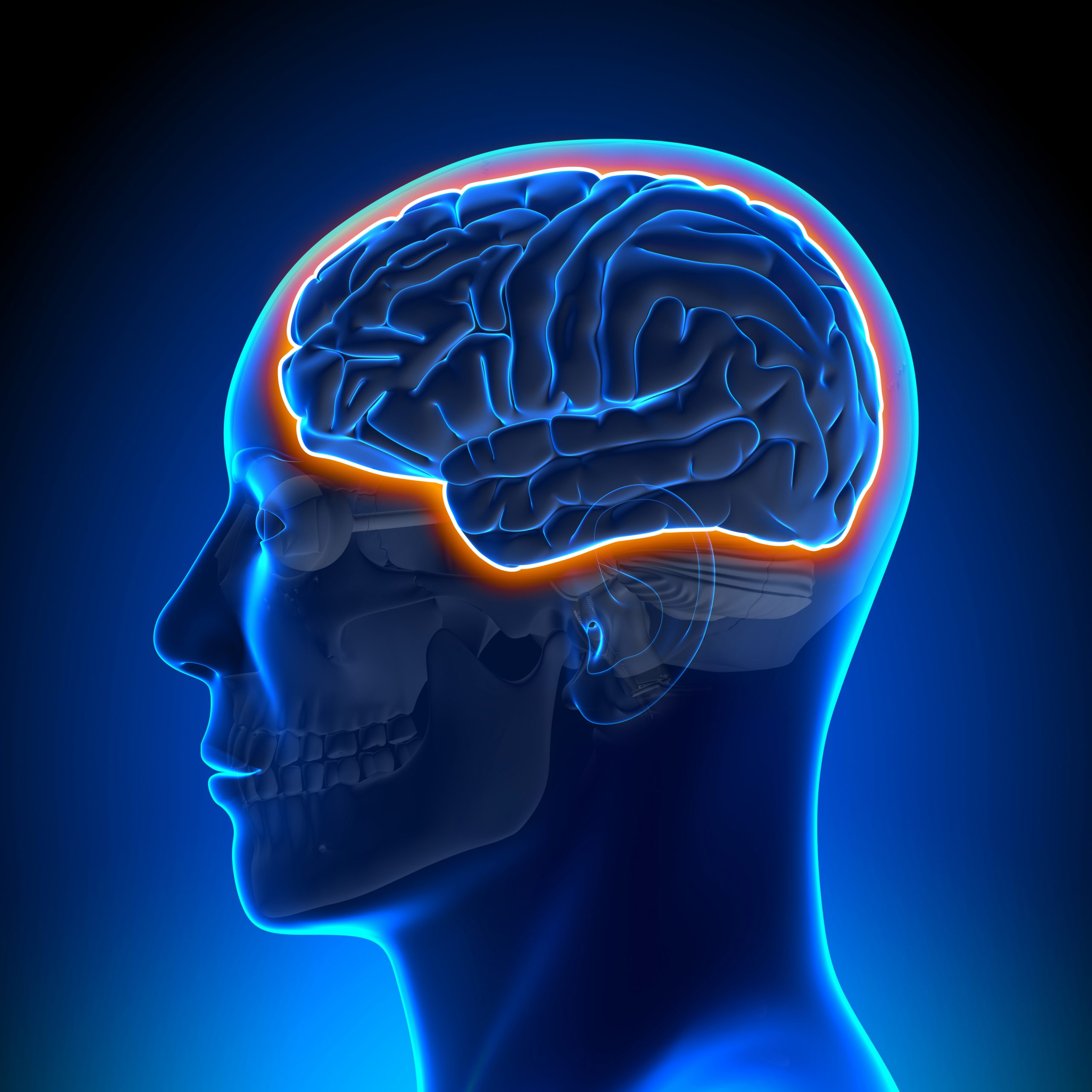Research Sheds Light on Iron Accumulation in Patients’ Brains

decade3d - anatomy online/Shutterstock
In Parkinson’s disease, iron accumulates in certain parts of the brain that have characteristic genetic profiles, according to a new study.
This finding may help to explain the biological processes that cause Parkinson’s, which could be important for developing treatments.
The study, “Regional brain iron and gene expression provide insights into neurodegeneration in Parkinson’s disease,” was recently published in Brain.
Parkinson’s disease is caused by the death of dopamine-producing cells in the brain. The exact biological mechanisms that cause this cell death are not completely understood; deciphering these mechanisms is important for designing strategies to treat the disease.
One mechanism that has been implicated in Parkinson’s is increased levels of iron in the brain. High iron levels can lead to a kind of cell damage called oxidative stress, which can be deadly to cells. Prior research has indicated that brain iron levels are linked with disease severity in Parkinson’s disease.
In the new study, a team of researchers in the U.K. used a technique called quantitative susceptibility mapping to assess brain iron levels in 96 people with Parkinson’s disease (with a disease duration of less than 10 years and mean age of 66.4), and 35 similarly-aged people without Parkinson’s. Mirroring earlier findings, Parkinson’s patients had significantly higher levels of iron in certain parts of their brains when compared to controls.
The researchers then wanted to explore why iron accumulates in certain brain regions in Parkinson’s disease. They analyzed data from the Allen Human Brain Atlas, which contains gene expression data for different brain regions in individuals with no history of neurological or psychiatric disease.
“Gene expression,” simply put, refers to the extent that individual genes are “turned on or off” within a cell. Different types of cells have different patterns of gene expression, and assessing gene expression can provide insight into the activity of cells.
The researchers looked for patterns in gene expression in the areas of the brain where iron accumulates in Parkinson’s patients.
Their analysis had several notable findings. For instance, they found that these brain regions had high expression of genes related to synaptic function, which is how neurons send chemical messages to each other. (Neurons are the cells in the nervous system that send electrical signals.)
“Disturbances in synaptic function are known to play a role in vulnerability and progression in Parkinson’s disease,” the researchers wrote.
These brain regions also had high expression of genes related to detoxifying heavy metals, which the researchers speculated could be connected to iron metabolism.
The gene expression analysis also indicated these brain regions were enriched for certain types of cells, including neurons that release a signaling molecule called glutamate, and astrocytes, which are a type of support cell in the nervous system.
“The finding of relative enrichment of astrocytes in regions with high levels of brain iron is intriguing as astrocytes play an important role in brain iron uptake and metabolism and in distributing iron to other neuronal cells,” the researchers wrote.
They added that glutamate signaling can cause excitotoxicity — when a neuron receives so many signals that it becomes damaged or dies — which has been, “linked with neurodegeneration [brain cell death] in Parkinson’s.”
Additional analyses of gene expression profiles in the brains of deceased Parkinson’s patients showed abnormalities comparable to some of the differences found, which “provides further evidence for processes involving brain iron in the selective vulnerabilities driving degeneration in Parkinson’s disease,” the researchers wrote.
This study was limited by the relatively low amount of data available for analyses, the researchers said, noting a need for further work to continue unraveling the mechanisms driving Parkinson’s.
“These findings shed light onto the processes driving neurodegeneration in Parkinson’s disease and the selective vulnerabilities of brain regions that are most affected, providing potential insights into future therapeutic targets to slow the progression of neurodegeneration in Parkinson’s disease,” the team concluded.






